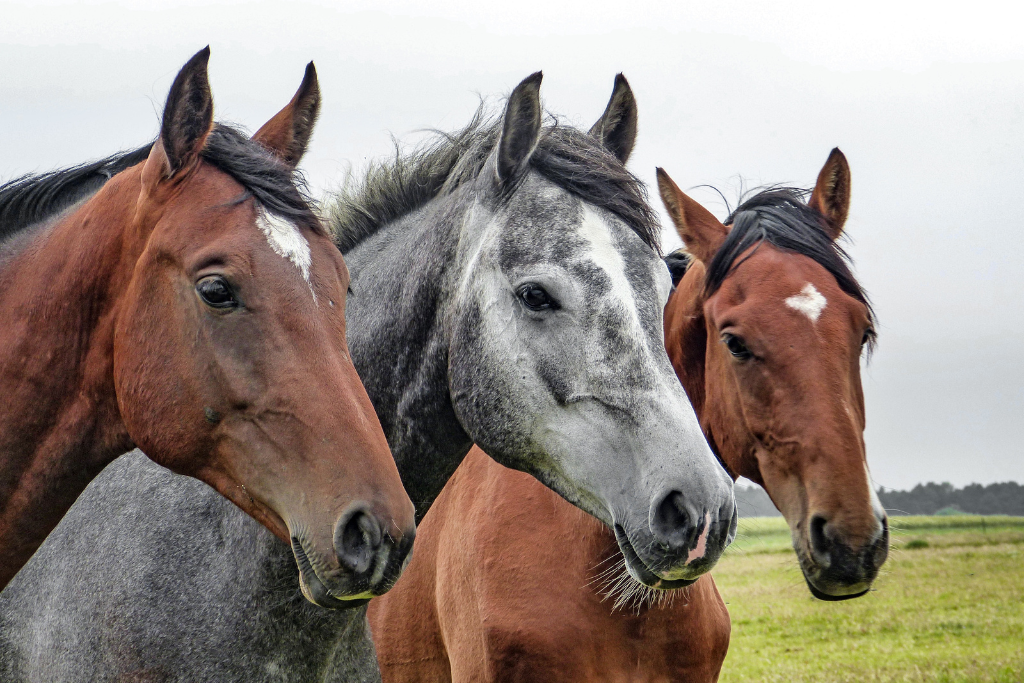
Deworming Your Horse
15 April 2024 +Deworming your horse four times a year is ideal. It is recommended to do it once per season, alternating between various types of dewormer to ...

Believe it or not, the pads of your dog’s paws are similar to the palms of your hands, while we humans know what we need to do to keep our hands and skin healthy throughout the changing seasons, our dogs need some extra help from you to do the same to ensure a better quality of life.
To prevent your pup’s pads from cracking and drying out, applying a pet-friendly moisturizer (yes, they exist!) or preventative can be so helpful when it comes to protection against even minor weather conditions. It is important to get into the habit of examining your dog’s paws and pads after every outing to double check for small rocks, cuts or scrapes that may have occurred after an adventure. Pay close attention to your dog’s walk to make sure he or she is not limping, which may be a sign of a recent ailment.
Additionally, during the summer months, it’s still important to take the extra minute to do a quick rinse of your dog’s pads after every outing with water and patting them dry. You can never be too safe! Whether the outside temperature is hot or cold, you can take additional precautions with your pet by using boots to add an extra layer between the pavement and your pet’s pads.
In the summer, asphalt can be more dangerous for your pet than you may think. Even if you think the air is comfortably warm, the ground can get much hotter than the surrounding air as it absorbs heat quickly. An easy way to test if the pavement will be too hot for your dog is to do the “seven second test” by simply touching the pavement with the back of your hand for seven seconds. If you can’t hold it for the duration of seven seconds, you can guarantee the pavement is too hot for your dog’s paws. Try to keep to the grass when outdoors, and stick to either morning or evening walks when the temperature is more comfortable for your pet.
How often do you trim your dog’s claws? If your response isn’t “regularly”, you may need to do it more frequently. Settle your dog in a calm environment where he or she feels comfortable. Be sure to have lots of treats on hand to give them during the trim as a reward. It may be beneficial to get them familiar with the tools required for trimming, such as the clipper for example. Although it may be tempting to trim their claws while they are sleeping, surprising them in such a way will make your dog associate the clippers negatively, making it increasingly more difficult to keep them calm when they are in need of a trim!
When you are trimming the claws, it’s important to trim them roughly, no need for them to be perfect! It’s also worth noting that you should be careful not to cut them too short. Make sure that the vein (pink part of their claw) is not affected when you are trimming. One way to ease your dog into this is by getting your dog used to you handling his or her paws. Pick them up, take a look at their pads and claws and keep giving them treats for good behaviour while you are getting them used to the contact.
One tip to keep their claws in good condition: play with your dog on a hard surface, such as asphalt or concrete (when the temperature is safe, of course!). This will allow the claws to file down naturally, allowing a bit less maintenance. For optimal comfort, it’s recommended you trim your dog’s claws at least once a week.
Taking care of your dog’s paws will greatly improve their mood and comfort, remember to check them often and always contact a veterinarian if a problem arises!
Sources:
Store Manager, Saint John NB